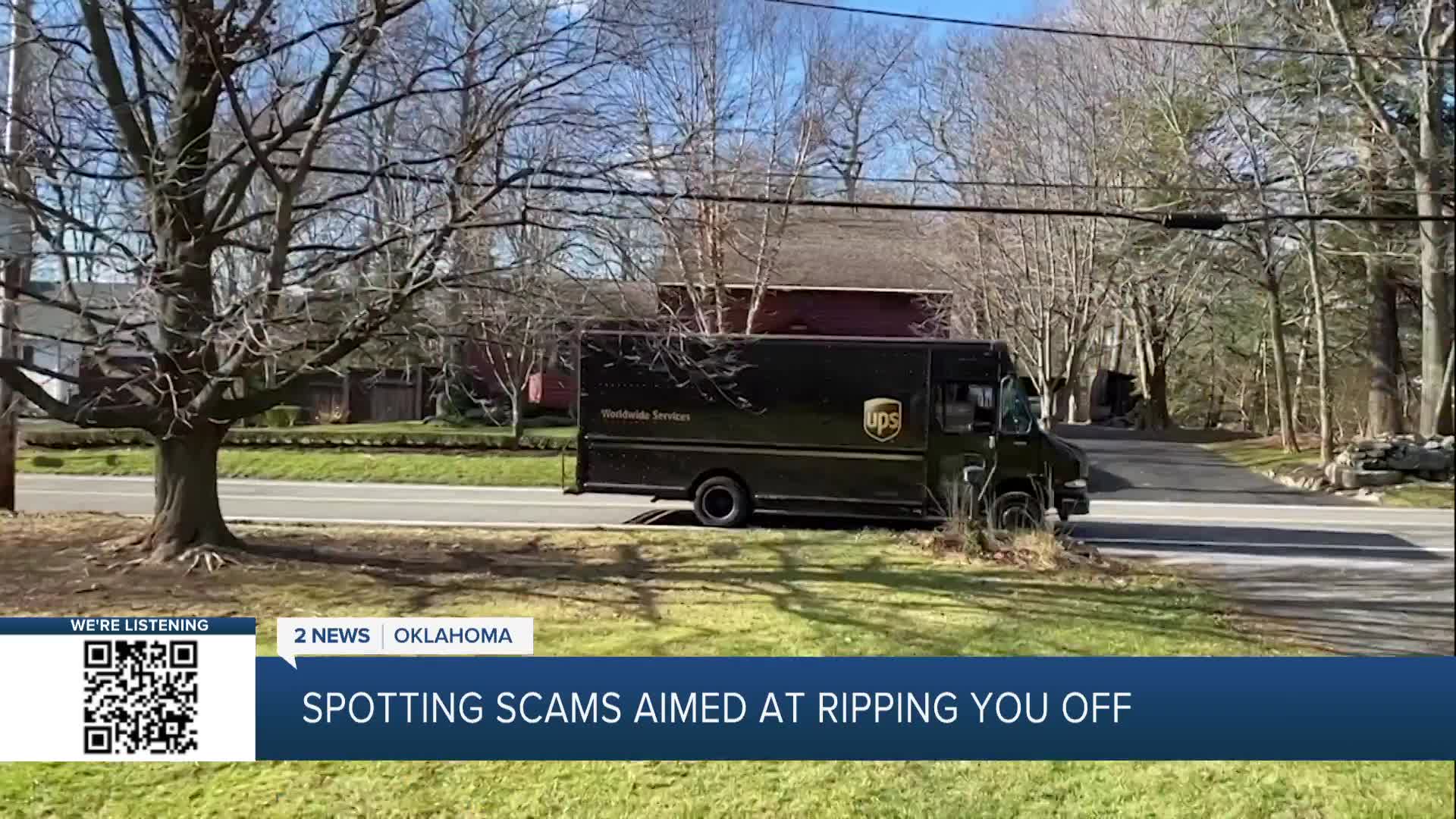TULSA., Okla. — You’re in the middle of your day when a text pops up saying there’s a problem with your package delivery, or a missed toll payment.
These messages look convincing, but they're likely part of a growing wave of text message scams. Spotting what’s real and what’s a rip-off isn’t always easy—but Consumer Reports has tips to help you stay a step ahead.
Chances are, you’ve received a text or something similar insisting your package delivery is delayed. Click here to update your preference. Or the driver was unable to deliver. Click here to reschedule. These messages are designed to sound urgent, pressuring you to act fast. But that urgency is often the first red flag of a scam.
Scammers are good! At first glance, the text will look like it’s from a real source requiring immediate attention.
Scammers aren’t stopping at package delivery. They’re also impersonating toll collection agencies, sending texts demanding immediate payment to avoid a late fee. According to the Better Business Bureau’s scam tracker, right now it’s one of the fastest-growing scams hitting phones.
People who don't deal with tolls often might see the text message and think that they have gone through a toll and say I'm just going to pay it, it's only $12. But then they have your credit card information. Plus, there’s usually a link where you are asked to supply personal information such as your address or credit card details. Tapping or clicking the link can install malware on your device.
So, how can you confirm it’s a scam? If you’re not waiting for a package or haven’t recently driven on a toll road, ignore the texts.
Inspect the sender.
Scammers often use web addresses or email accounts that appear legitimate, but there are red flags to look for. For example, the postal service won’t message you from a Gmail address.
Never click on links or download files from an unexpected text or email message.
Instead, go directly to the company or service to see if there’s a problem. For instance, call customer service at the toll company that is allegedly sending you a bill. Or, check the Postal Inspection website for examples of delivery scams.
Do not engage with the scammer if you know it’s a phony text. Instead, block the number and delete the message. That might prevent these scammers from contacting you again.
If you get a lot of packages, download the USPS, FedEx, and UPS apps. You can track your packages on there. So, if you get one of these fishy texts, you can look at those to find out quickly if there’s a real problem.
Stay in touch with us anytime, anywhere --
- Download our free app for Apple, Android and Kindle devices.
- Sign up for daily newsletters emailed to you
- Like us on Facebook
- Follow us on Instagram
- Watch LIVE 24/7 on YouTube





